Architecture in its physical primacy is to serve society, engage communities, uplift living conditions and inspire those whose lives are built within those conditions. As all powerful and timeless pieces of art, and with respect to architecture’s polar, immaterial primacy, artistically designed spatial experiences take one away from the everyday train of thought and project thoughts inwards in search of the deeper structures and meaning of life. It is within this metaphysical reality that the essence and greatness of architecture resides and influentially permeates the societal conditions of a given context, at the heart of which it radiates.
True diagnosis regarding London’s social housing crisis has been problematic and evasive, to say the least, with the sole solution to the myriad of detrimental symptoms exhibited within those troubled environments to construct ever-more confined spaces above and beside spaces overcrowded to begin with, built upon a functionalist ‘utopian’ architectural framework conceived of over half a century ago. In the words of Frederick Kiesler: “One box next to another. One box below another. One box above another. Until they grow into tumours of skyscrapers.” This poetic foresight and distinctly discernible description of modern, overly-dense social housing projects, written as far back as 1922, is viscerally defended in this article featuring architect Neave Brown – a visionary and pioneer of some of London’s most successfully received and humane social housing projects during the 1960s and 70s; a time epitomized by the capital’s golden age for the design and construction of social housing utopias.
In describing with impassioned urgency, the socially destructive effects that have remained cyclical, alienated and confined to those decades out-dated, short-sighted social housing models, architect Neave Brown asserts: “These blocks segregate people, divide communities, keep classes apart, keep people on low incomes in desperate places, keep children so that they can’t play together, and it’s all wrong. Not all of those tower blocks need to be rebuilt for fire purposes, but they do need to be rebuilt for social purposes.”
Immerse into this engaging discussion directed at London’s social housing crisis and high-rise blocks like Grenfell Tower, in which architect Neave Brown advocates remedies in resolutions to this seemingly perpetual problem.
https://www.dezeen.com/2017/10/05/neave-brown-interview-high-rise-buildings-only-for-very-rich-social-housing/


